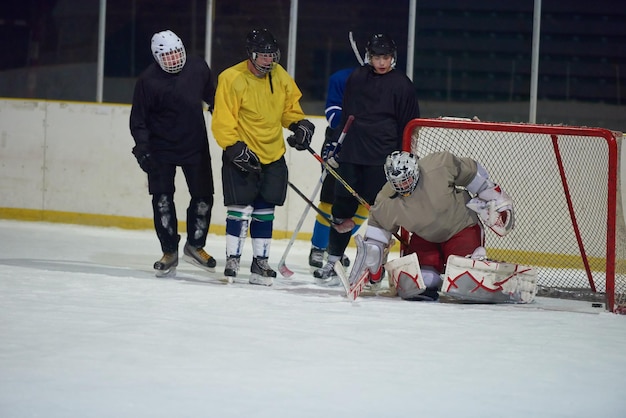Introduction
- Start with an overview of the importance of understanding penalties in hockey for both players and fans.
- Emphasize how penalties can influence the flow and outcome of a game.
1. Types of Penalties
- Explain the different types of penalties in hockey, including minor penalties, major penalties, double minors, misconducts, and game misconducts.
- Provide examples of common infractions that result in penalties, such as tripping, slashing, high-sticking, and holding.
2. Power Plays and Penalty Kills
- Discuss the concept of power plays and penalty kills in hockey.
- Explain how teams can capitalize on power play opportunities by having more players on the ice than their opponents.
- Highlight strategies used by teams during penalty kills to defend against opposing power plays.
3. Referee Signals
- Describe the various hand signals used by referees to indicate different types of penalties.
- Provide visual aids or diagrams to help readers recognize and understand referee signals during games.
4. Penalty Box and Player Ejections
- Explain the role of the penalty box in hockey, where penalized players serve their time off the ice.
- Discuss situations that may result in a player being ejected from the game, such as receiving multiple penalties or committing serious infractions.
5. Impact on Gameplay
- Explore how penalties can impact the momentum and dynamics of a hockey game.
- Discuss the strategic implications of being on the power play or penalty kill for both teams.
- Highlight memorable moments in hockey history where penalties played a decisive role in the outcome of a game or series.
Conclusion
- Summarize the key points covered in the blog post and reiterate the importance of understanding penalties in hockey.
- Encourage readers to familiarize themselves with the rules and regulations of the sport to enhance their enjoyment and appreciation of the game.
Additional Resources
- Provide links to official rulebooks, instructional videos, or other resources for further learning about hockey penalties and officiating.



